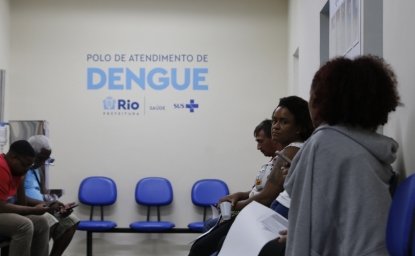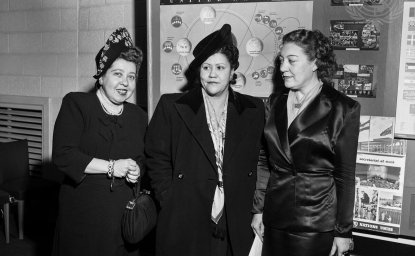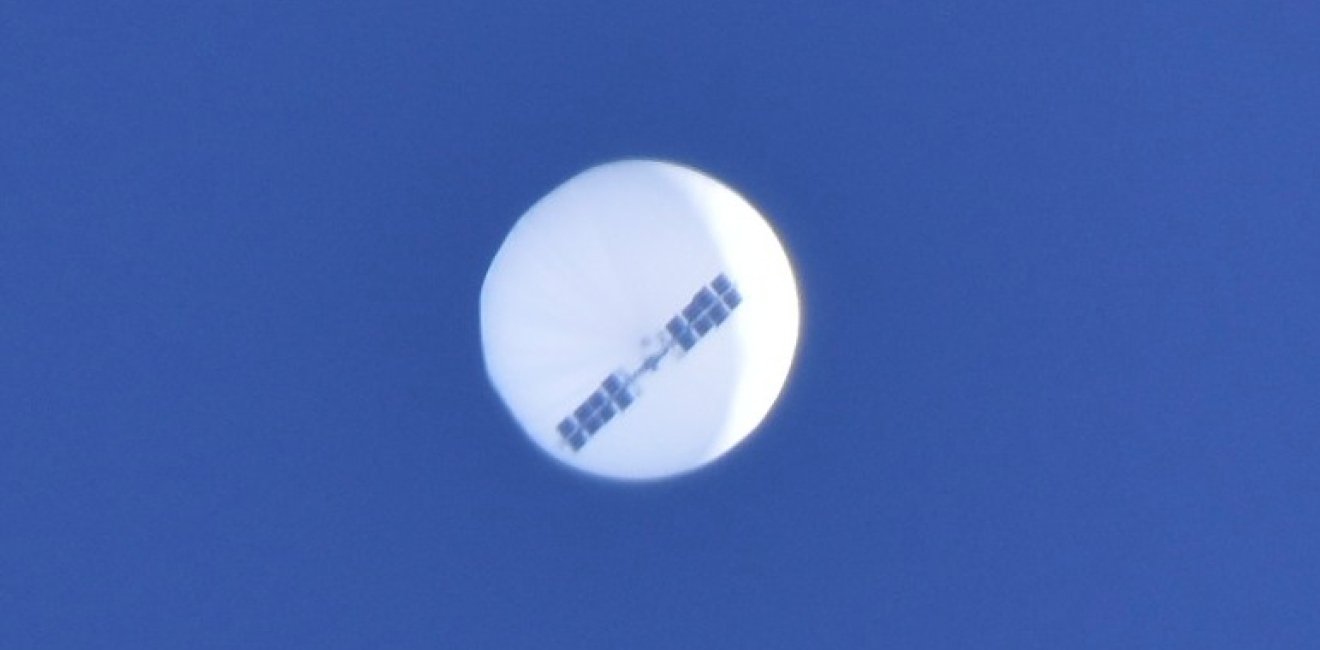
A blog of the Latin America Program
The Chinese balloon controversy continues to feature prominently in the U.S. news media, as Navy divers search for debris on the South Carolina seabed. The saga captivated the U.S. public, prompting fevered commentary on social media and a mention in President Biden’s State of the Union address on Tuesday.
By comparison, very little has been said of the other Chinese balloon, spotted floating in recent days across Costa Rica and Venezuela, and later loitering above Colombia’s northern region. In the United States, China's air mission – described as a brazen act of espionage by Washington and as a misdirected meteorological mission by Beijing – showcased U.S.-China tensions. In Latin America, the relative indifference was equally telling.
By comparison, very little has been said of the other Chinese balloon, spotted floating across Costa Rica and Venezuela, and later loitering above Colombia’s northern region in recent days.”
The second Chinese balloon (part of a global fleet, according to U.S. authorities) did not pass unnoticed by regional news reporters, commentators and public officials. But few expressed the sort of indignation on display across the United States. In Costa Rica, for example, news reports and opinion writers generally referred to the object as a Chinese balloon rather than a spy balloon, and much of the coverage focused on the ballooning controversy in the United States. In Colombia, where the Air Force first spotted the balloon on February 3, reporters typically dismissed the Chinese claim that its balloons are monitoring the weather. El Tiempo discussed Colombian military options. Still, as in Costa Rica, local coverage mostly focused on the U.S. response.
Governments in the region were similarly circumspect. In the United States, the balloon incident is shaping up to be a defining moment in the U.S.-China rivalry having infuriated lawmakers, senior officials and members of the defense community. In Latin America, the harshest official response came from Costa Rica’s president, Rodrigo Chavez, who said the incident had “generated stress in geopolitical relations.” No leaders in the region echoed U.S. criticism of Beijing. In Caracas, the government reserved its condemnation for the “attack by the United States against an unmanned aircraft of Chinese origin of a civilian nature.”
The live and let live attitude in Latin America once against demonstrated the region’s disinterest in wading into great power competition.”
The live and let live attitude in Latin America once against demonstrated the region’s disinterest in wading into great power competition. For much of the region, after all, economic relationship with china are too important to let a balloon cast asunder.
Moreover, for the time being at least, Colombian President Gutavo Petro’s expected trip to China is still on the books. While there, Colombia’s head of state will address the fate of the Bogota metro, amid disagreements between Petro and Bogotá Mayor Claudia López over the design and timeline of the Chinese project. the balloon does not appear to be on the agenda.
Beijing was surely relieved by the blasé reaction to its balloon in Latin America. But the incident could further erode Latin American public trust in China’s government, which has declined somewhat in recent years. Only 35 percent of Colombians and 41 percent of Costa Ricans have trust in China’s governance, according to the 2021 Americas Barometer survey. Still, the relatively low key response in the region to the two balloons was an important litmus test. It showed, once again, how far China can go in pursuing its interests in Latin America without provoking major pushback from governments.
Author

Director, Asia and Latin America Program, Inter-American Dialogue

Latin America Program
The Wilson Center’s prestigious Latin America Program provides non-partisan expertise to a broad community of decision makers in the United States and Latin America on critical policy issues facing the Hemisphere. The Program provides insightful and actionable research for policymakers, private sector leaders, journalists, and public intellectuals in the United States and Latin America. To bridge the gap between scholarship and policy action, it fosters new inquiry, sponsors high-level public and private meetings among multiple stakeholders, and explores policy options to improve outcomes for citizens throughout the Americas. Drawing on the Wilson Center’s strength as the nation’s key non-partisan policy forum, the Program serves as a trusted source of analysis and a vital point of contact between the worlds of scholarship and action. Read more

Explore More in Weekly Asado
Browse Weekly Asado
Dengue Haunts South America’s Summers

Lessons from Costa Rica’s Economic Transformation

Women and Latin America’s Digital Revolution

